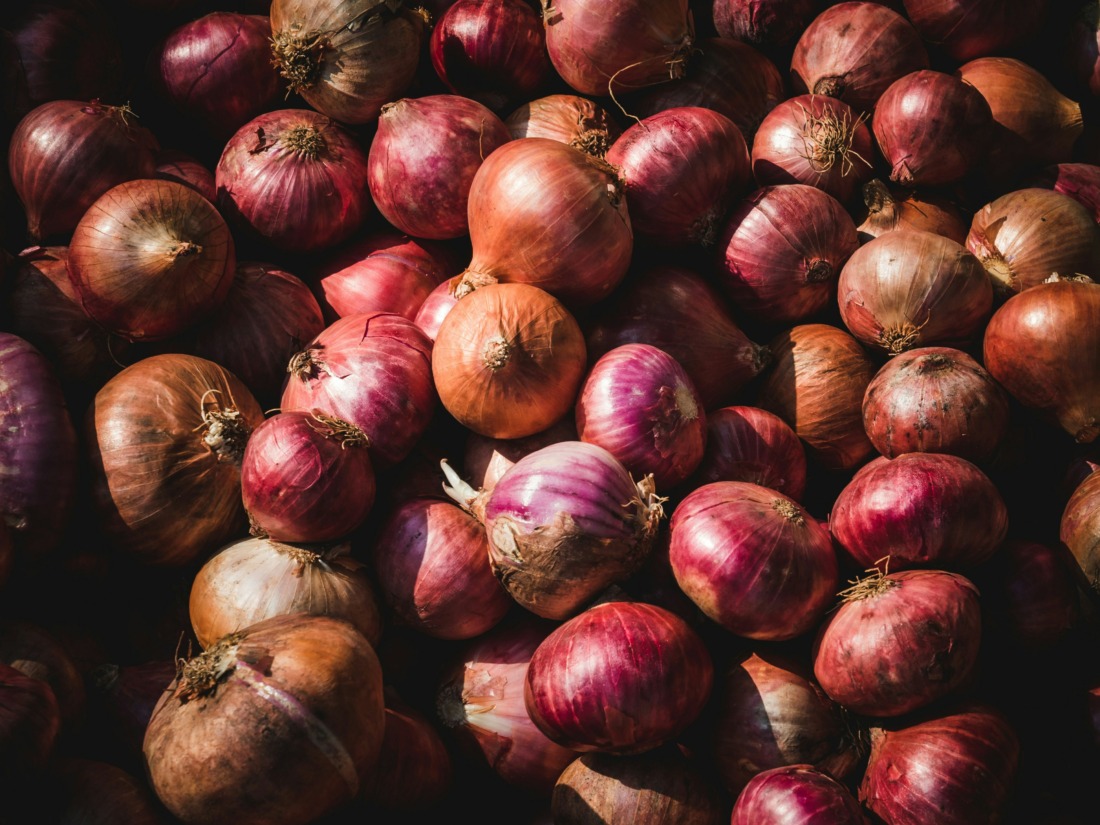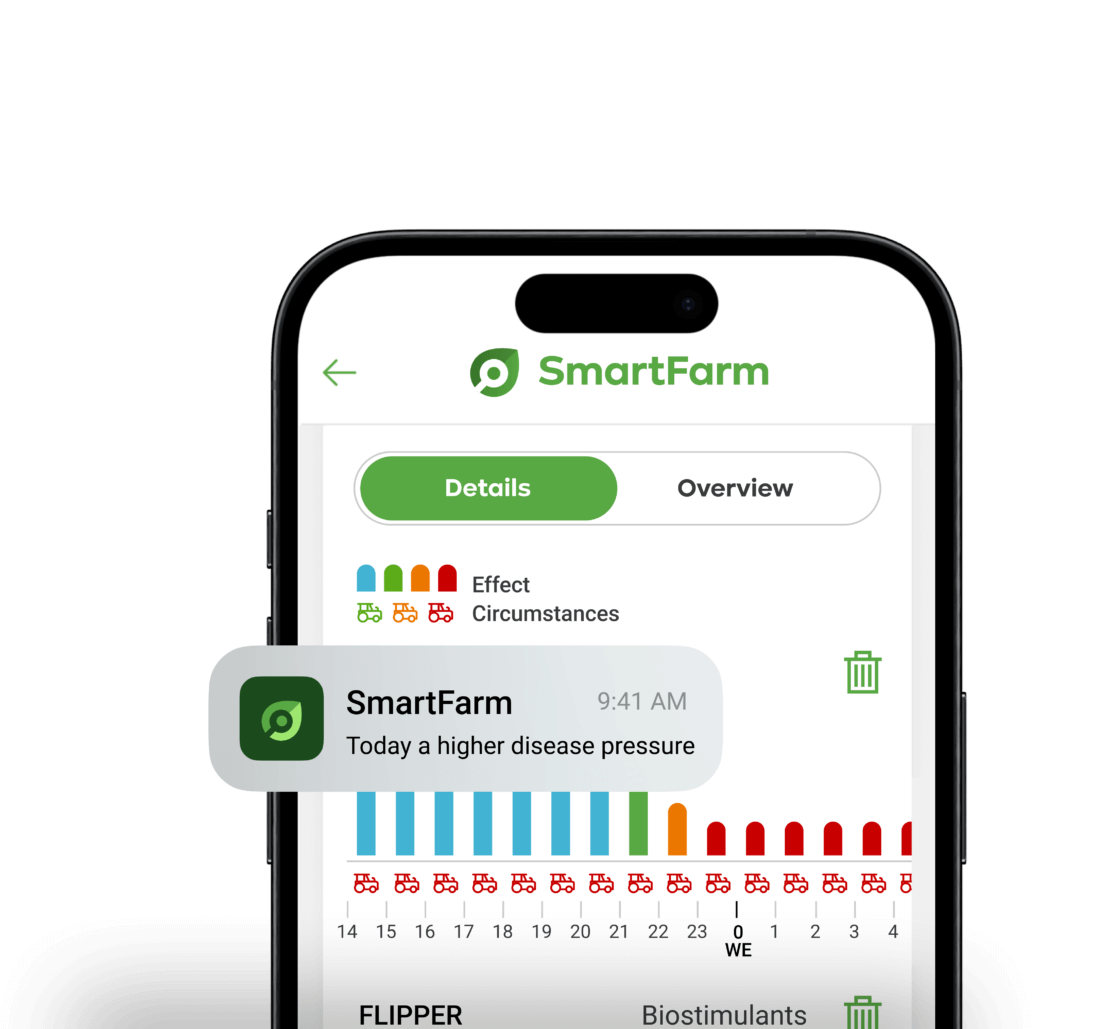Botrytis leaf blight of onion, caused by Botrytis squamosa is one of the most chronic and problematic disease of onion. The fungus overwinters as sclerotia (compact mass of fungi capable of surviving unfavourable environmental conditions). These are produced on infected onion bulbs left in cull piles, on mother bulbs stored for seed production, and on bulbs left in the field.
These sclerotia produce spores which are dispersed through the air to newly planted onions, and land on leaf surfaces. In the presence of moisture, the spores germinate. The leaf surface must be wet from dew or rain for 20 hours or more for leaf spots to develop. The optimal temperature for spore germination is 15°C and 20-25°C for growth of the fungus.
Action thresholds
- No risk No action required
- Low risk Low risk: The weather conditions are slightly favourable for this disease. Check the app again tomorrow, or apply a preventative fungicide in case spraying conditions are really bad in the next few days and the current protection is fading
- High risk: High risk: The weather conditions are very favourable for this disease. It is highly recommended to apply a preventative fungicide if the current protection is fading



